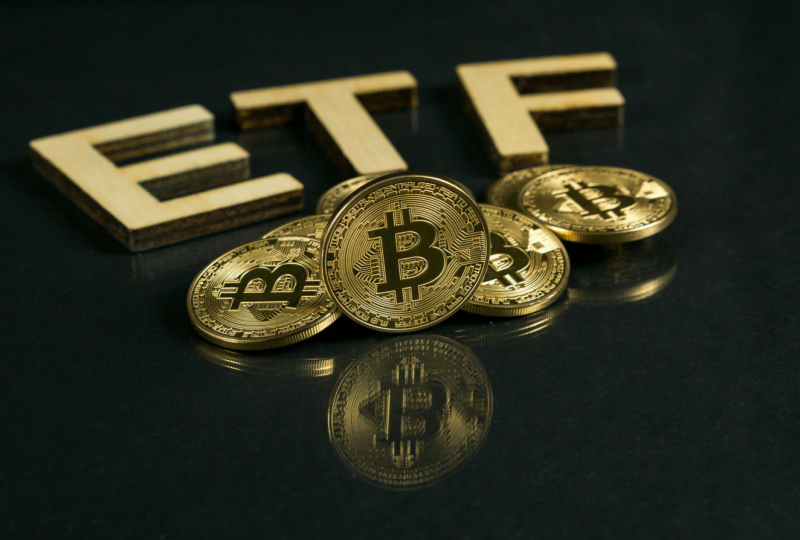How to Profit From Solar Energy
Jan 16, 2022

As technology advances and costs decrease, solar energy has become a more practical choice for households and companies. According to research by the United States Department of Energy's Lawrence Berkeley National Laboratory (LBNL), the cost of utility-scale solar installations has decreased by 70% between 2010 and 2019. This reduction in output has also resulted in a fall in utility prices.
While renewable energy sources are often more in demand when the price of fossil fuels is high, there are still several methods to earn from solar energy at both low and high oil prices.
An Overview of Solar Energy
Solar energy is generally generated by turning the sun's light energy into electricity. Photovoltaic (PV) energy is generated by flat solar panels that are either attached to the top of a structure or spread across open regions. Another approach, called thermal solar, employs a series of mirrors to concentrate the sun's energy on a single spot in order to convert water to steam, which is then used to power a turbine. Photovoltaic solar panels are far more prevalent in consumer and corporate applications than other varieties.
Solar energy costs were less than $.20 per kilowatt-hour in all states measured in Q4 2019 and as low as $.15 and $.10 per kilowatt-hour in some areas. The nationwide average price of fossil fuel power was $0.13 per kilowatt-hour. Prices are comparable. However, the true savings from solar occur over time due to the annual inflation of 2.2 percent in the price of fossil fuel power. Solar allows you to lock in expenses at a fixed rate. The only additional expenditures are those associated with constructing a solar system and those associated with fossil fuel electricity costs for power used when solar does not meet all energy demands.
While the most efficient solar panels on the market today have efficiencies of up to 23%, the bulk of panels achieve efficiencies of 15% to 20%. The most efficient solar panels, in terms of efficiency, are as follows:
SunPower: 22.8%
LG: 21.7%
REC Solar: 21.7%
CSUN: 21.2%
Solaria: 20.5%
Another factor for the decline in the price of solar is an increase in supply, mainly from Chinese manufacturers. China has created an excess of solar panels in comparison to current demand, putting downward pressure on pricing. Simultaneously, the cost of solar panel installation has decreased as a result of more efficient techniques and specifically specialized instruments.
Profiting from the Installation of Solar Panels
Most state governments provide some form of tax credit or incentive to encourage greater solar panel adoption. As a result, the ultimate cost may be less than the sticker price. Additionally, tax rebates for solar energy may assist in minimizing annual tax expenditures. However, the most advantageous method of profiting from solar panels on your roof is through net metering.
Net metering enables utility users who generate their own solar energy to send back part of the excess energy to the grid. This billing technique credits solar clients' power use against their monthly invoices, hence decreasing their monthly rates. Although the majority of states have enacted net metering legislation, variations in state policy and execution mean that the advantages of net metering can vary significantly for solar consumers in various regions of the country.
Solar panel savings accumulate over time. According to EnergySage, homes in Washington will save an average of $12,905 over a 20-year period if they go solar. In California, homeowners may save an average of $11,800 over a 20-year period, whereas, in New York, homeowners can save an average of $11,000 over a 20-year period. According to other calculations, these savings might be significantly larger.
Solar Stock Investing
According to the Solar Energy Industries Association, the Solar Investment Tax Credit (ITC), which was implemented in 2006, has resulted in an average annual growth rate of 52 percent in solar. Additionally, when the supply glut from Chinese manufacture is offset by increased demand, solar businesses' profitability is projected to improve.
The Invesco Solar ETF is one of the most convenient methods to invest in the solar energy market (TAN). The ETF function is to follow the performance of the MAC Global Solar Energy Index. It comprises manufacturers of solar energy equipment and goods for end users, manufacturers of equipment used by solar panel manufacturers and installers, and manufacturers of solar cells. The fund has a YTD return of 17.91 percent as of March 2, 2020, and a 65.65 percent return in 2019.
Investors may choose to explore the following companies:
Daqo New Energy
Daqo (DQ) is a Chinese corporation that manufactures polysilicon, a critical component of solar panel production. The firm is predicted to produce 70% more polysilicon in 2019 than it did in 2018. In 2020, the stock was up 20%, for a total gain of 108 percent.
JinkoSolar
JinkoSolar (JKS) is a Chinese solar panel manufacturer. The business is altering its manufacturing process in order to create panels with a better efficiency rating that may be sold for a premium. The business generates a total return of 119 percent.
Vivint Solar
Vivint (VSLR) offers the services of residential rooftop solar and energy storage systems with a total return of 103 percent. Solar installations increased 17.6 percent year over year in 2019. In 2020, the stock was up 48 percent. Vivint offers some of the lowest solar installation costs in the country and is likely to experience considerable growth in the coming years as the home solar sector grows.
The Verdict
Solar energy is getting increasingly inexpensive and effective at converting energy from the sun to useful electricity. Solar firm stocks or exchange-traded funds (ETFs) are an excellent investment choice for anyone interested in the solar sector. Individuals may also benefit from solar energy by installing solar panels on their houses or businesses to take advantage of net metering and lower their power costs.




